
A consortium of EU research groups and small business has developed improved diets for traditional and modern salmon aquaculture systems.
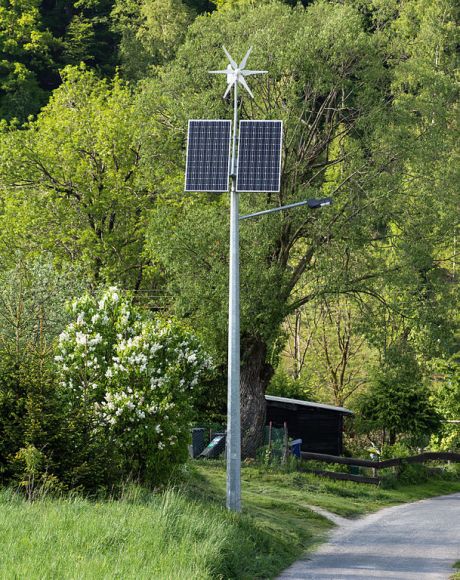
Solar energy is poised to make a significant contribution to the global energy landscape. Scientists are using the unique properties of tiny semiconducting nanoparticles to increase efficiency, thereby lowering cost and priming the market for widespread uptake and impact.
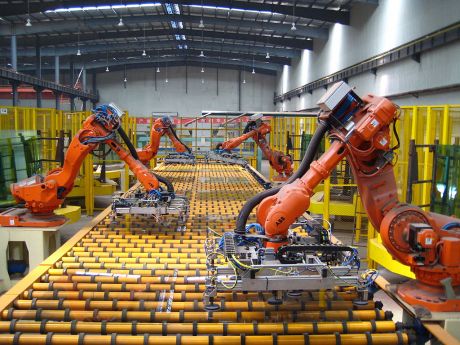
Manufacturing-grade plastics (also known as reinforced polymer composite materials) are a major industry that is expected to grow exponentially. An EU initiative set out to offset the considerable environmental impacts and negative health effects for workers.

Proton exchange membrane fuel cells (PEMFCs) with their high energy densities and fast start-up times are poised to revolutionise the automotive sector. Improved catalysts of the electrochemical reactions could fuel the revolution.

The Large Hadron Collider (LHC) at the Franco-Swiss border near Geneva is the largest scientific instrument ever designed and is nearly 30 years in the making. Scientists co-funded by the EU laid the groundwork to significantly boost LHC capacity.
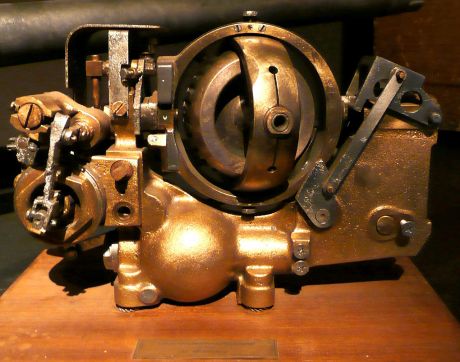
Global positioning systems (GPSs) providing continuous information on worldwide, three-dimensional precise positioning and time has profoundly changed the game for navigation. But what if GPS isn't available?
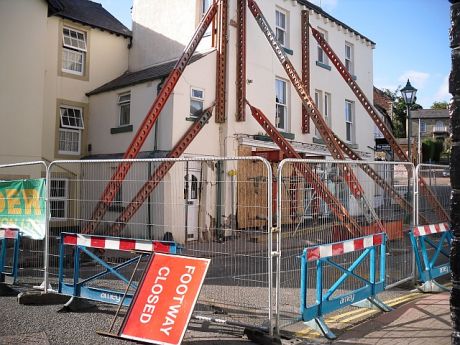
An EU group devised new approaches to building design that provide full control of a building’s anticipated response to earthquakes. Outcomes include methods for assessing various building types prior to damage and quantifying human factors among consequences.

Chemists are developing new materials with exciting properties by transforming crystalline materials into different structures.
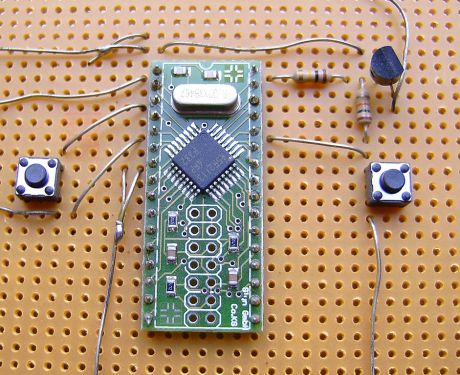
Metal-organic frameworks (MOFs) are attracting rapt attention for applications such as hydrogen storage and catalysis. EU-funded scientists successfully measured their electrical properties and elucidated their charge transport mechanism to also promote MOF use as active components in electronic devices.
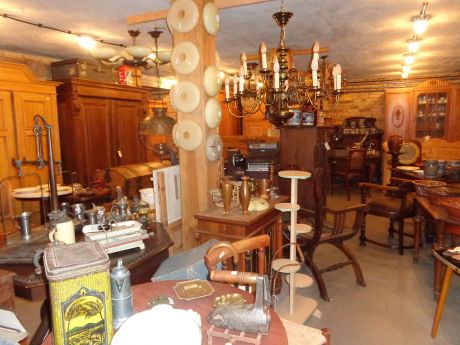
The furniture industry in Europe has been hit hard by the economic downturn, but opportunities abound despite the challenges. An EU initiative envisions a small-scale factory to manufacture customised furniture products.

Graphene, a one-atom-thick sheet of carbon, is among the most interesting materials for the production of organic electronics. Scientists are making comprehensive improvements to production methods to significantly lower costs while increasing surface area and quality.

Exploiting the best sustainable urban transport solutions on the planet and promoting knowledge exchange in the field are expected to lead to a better life for European citizens.
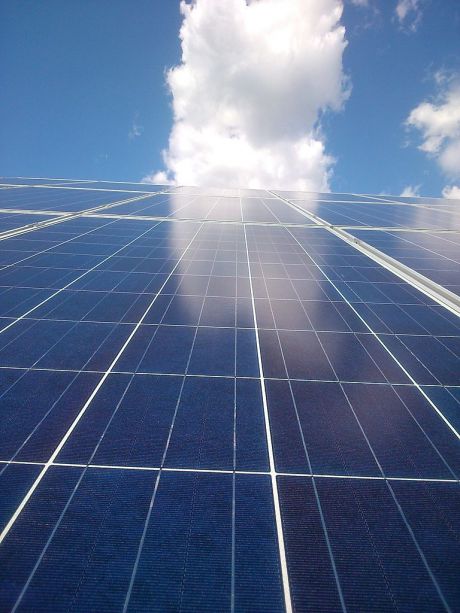
Building-integrated photovoltaics (BIPVs) are PV modules that can be used to replace conventional building materials in parts of the building envelope, including the façade, roof or window. Important improvements in performance and cost could encourage widespread uptake.
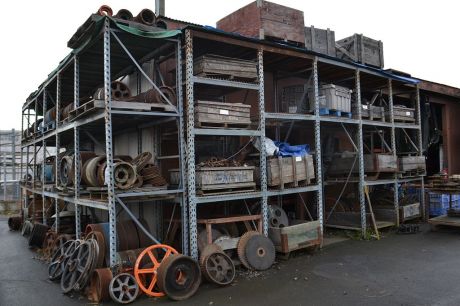
More than a third of all cutting machines among small and medium-sized enterprises (SMEs) are turning machines. Adding a third axis to the movement of conventional two-axis machines will have major benefits in terms of time, cost and material usage.
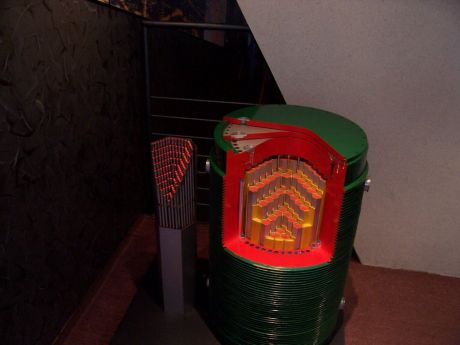
Solid oxide fuel cells (SOFCs) have attracted increasing attention because of their high energy conversion efficiency and lower environmental impact. Some technology limitations could be solved using a modelling approach developed by EU-funded scientists.

Most conventional manufacturing control systems exhibit a weak response to changes due to their rigid and centralised control structures. An EU initiative developed technologies for an adaptive and self-learning factory production line with in-built quality control, which, in turn, enable the production of higher quality and customized products.
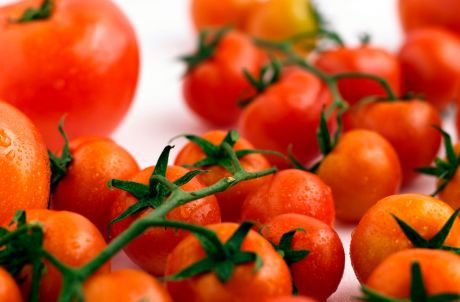
Researchers in the EU are creating a bio-lacquer for coating tinned food cans, using a substance extracted from waste tomato skins.
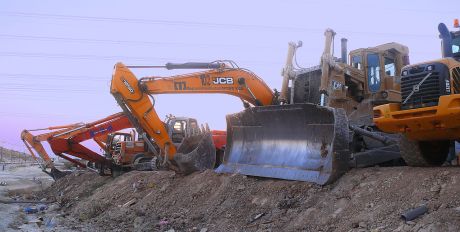
Most construction machines use devices called quick couplers to quickly change their working tools and attachments, but they have drawbacks. An EU initiative is developing an innovative system to optimise machine capacity while improving safety.

Supercapacitors have become a fundamental part of electric and hybrid cars, delivering rapid bursts of power for acceleration virtually limitlessly. An EU initiative enhanced these devices by boosting energy storage capacity.

The advent of 3D printing is promising to take the manufacturing industry to new heights. A more organised supply chain could help make Europe more competitive in producing inexpensive customised products.
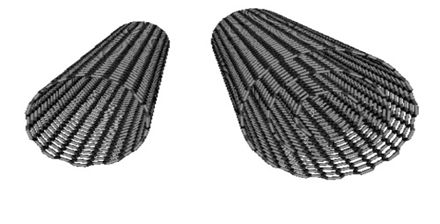
Ultrashort pulses of light produced by fibre lasers have enabled major advances in fields from biomedicine to micromachining. Exploiting carbon nanomaterials for their production could provide important benefits relative to conventional semiconductor-based systems.
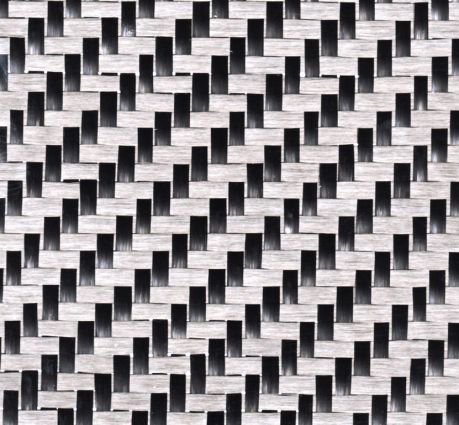
An EU project has developed two new high-value textiles by embedding recycled carbon fibres (CFs) into a resin.

A new automated gate system for border controls at European borders will make border crossing more convenient and faster while improving security.

The European Technology Platform (ETP) for road transport responds to challenges vital to Europe's future competitiveness for the benefit of all mobile citizens. An EU initiative is supporting the TP in its vision for a sustainable and competitive European road transport system.

Concrete products manufactured from secondary raw materials could help the building sector improve its environmental performance and cut waste.
























